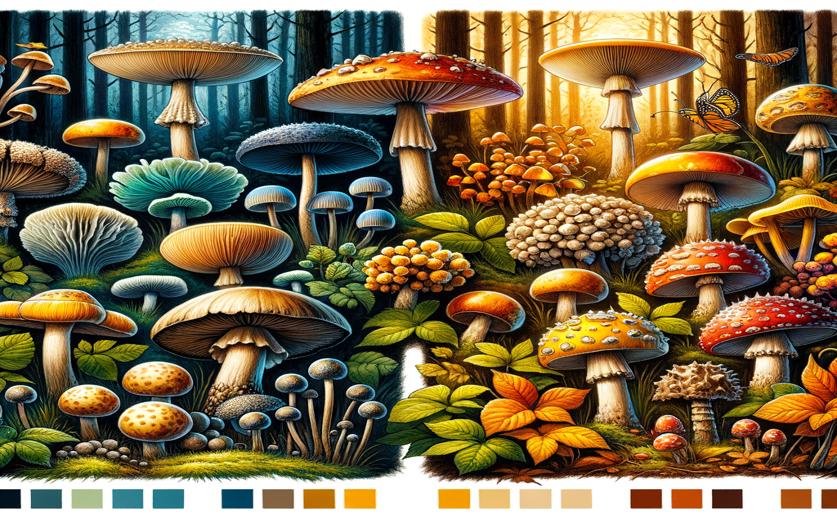
Harmful and Beneficial Elements in Edible and Toxic Mushrooms from the Forest
Jenn Hoskins
11th June, 2024

Image Source: Natural Science News, 2024
Key Findings
- The study analyzed 19 elements in wild-growing edible fungi from the Bohemian Forest in the Czech Republic
- Different mushroom species showed significant variations in element accumulation, including both essential and toxic elements
- Occasional consumption of these mushrooms poses no significant health risk despite the presence of toxic elements like cadmium and arsenic
References
Main Study
1) Selected detrimental and essential elements in fruiting bodies of culinary and toxic medicinal macroscopic fungi growing in the Bohemian Forest, the Czech Republic.
Published 10th June, 2024
https://doi.org/10.1080/03601234.2024.2362548
Related Studies
2) Macro and trace mineral constituents and radionuclides in mushrooms: health benefits and risks.
3) Accumulation of elements by edible mushroom species: part I. Problem of trace element toxicity in mushrooms.
4) Bioaccumulation of silver in ectomycorrhizal and saprobic macrofungi from pristine and polluted areas.



 27th May, 2024 | Greg Howard
27th May, 2024 | Greg Howard